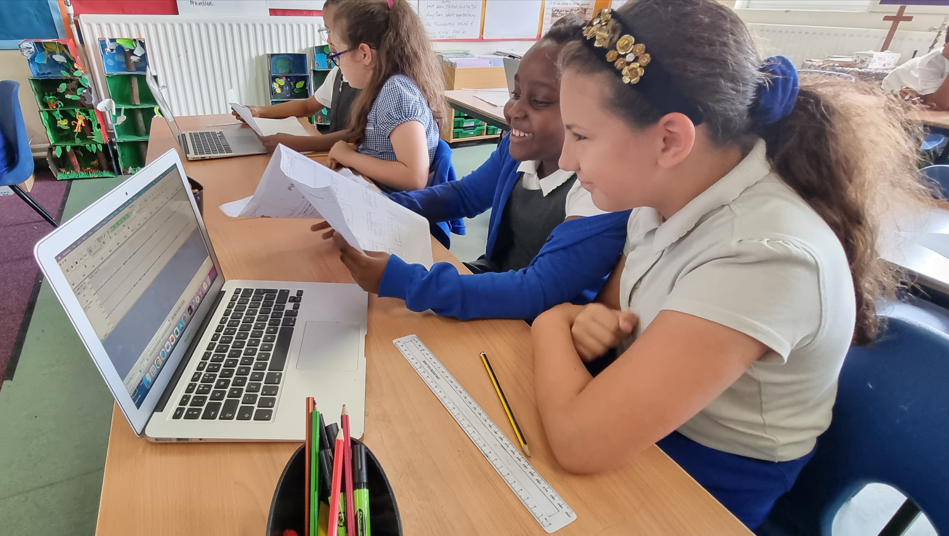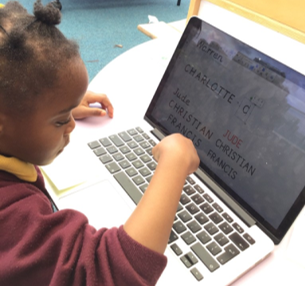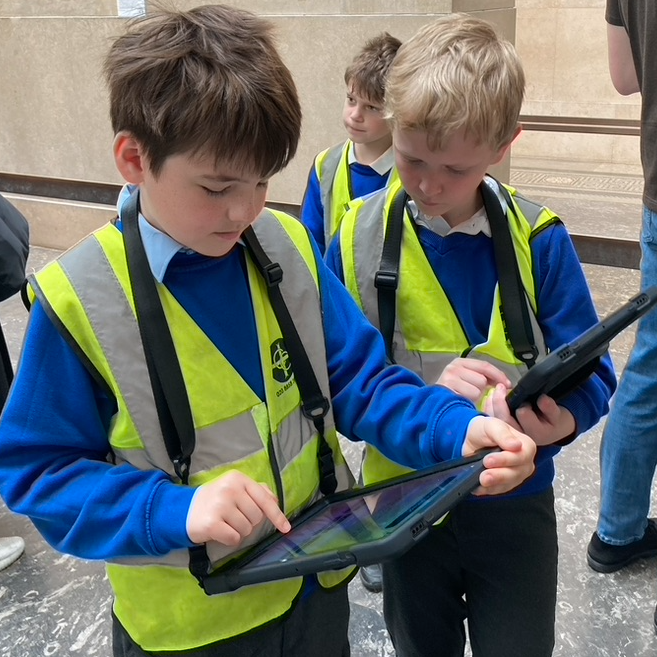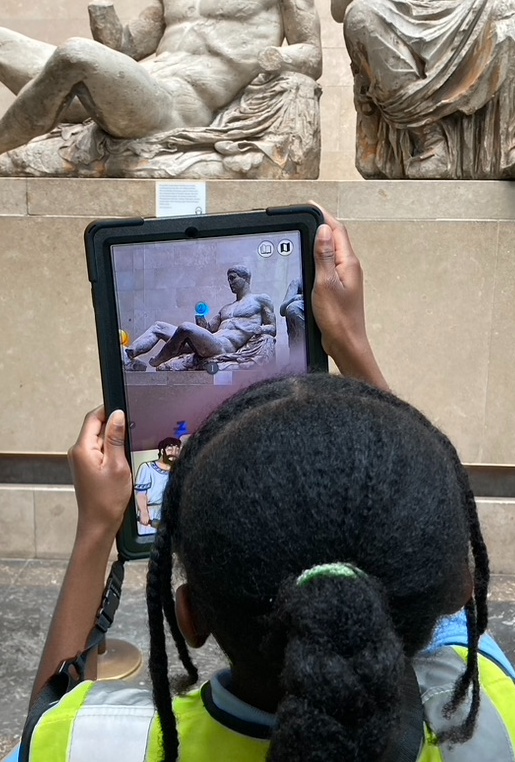Computing helps to improve achievement levels, inspires creative-thinking and encourages the development of invaluable skills that the children will need in life beyond school. Therefore, teachers strive to provide our children with opportunities to hone their computing skills and apply them in relevant situations.
We live in a fast-pace, ever-evolving world of technology. It is vital that our pupils understand both the infinite benefits of this alongside fully comprehending the potential dangers of modern-technology. We endeavour to ensure that the children in our care are able to access this digital world with proficiency but with safety in mind at all times.
Our computing curriculum enables children to develop the basic skills in their younger years and build upon them as they progress through their educational career, becoming confident and creative digital citizens. Learning is focussed around the following strands: programming skills, digital literacy and skills, hardware/software and logic.
CLICK HERE to view the Koinonia Federation Computing Map.



